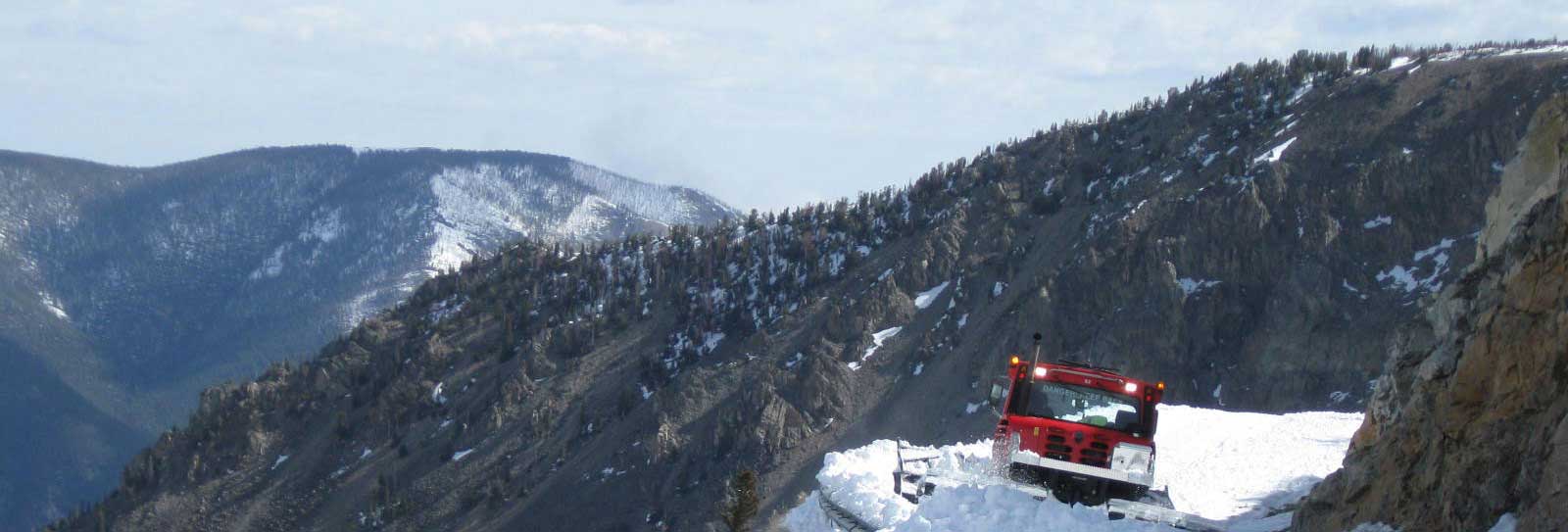
Study Overview
The Montana Department of Transportation (MDT) developed a feasibility study of the Ninepipe segment of US Highway 93 (US 93) from Gunlock Road (Reference Post [RP] 40.0) to Brooke Lane (RP 44.5). The study was a collaborative process with MDT, the Federal Highway Administration (FHWA), Confederated Salish and Kootenai Tribes (CSKT), resource agencies, and the public.
Study Purpose and Process
The US 93 Ninepipe segment passes through federal and tribal lands designated for wildlife management, environmental protection, and cultural preservation. The intent of the US 93 Ninepipe Corridor Feasibility Study was to analyze the viability of the preferred alternative previously identified in the 2008 Supplemental Environmental Impact Statement (SEIS), which consisted of a two-lane roadway, widened shoulders, wildlife crossing structures, and a separated bicycle/pedestrian path within the Ninepipe segment connecting to a divided four-lane segment north of Brooke Lane and a northbound passing lane segment south of Gunlock Road.
Before nominating a project in the Ninepipe segment, MDT first evaluated traffic and safety conditions, land ownership and corridor right-of-way, wetland areas, wildlife presence and movements, cultural influences, and soil and groundwater conditions to determine if the preferred alternative from the 2008 SEIS was viable in terms of impacts, construction costs, and feasibility considerations. Findings from this study are intended to assist MDT in project development decisions and will support a future environmental re-evaluation of the Ninepipe segment, should a project be advanced from this study.
The study was completed in March 2023.

Click to view a larger image.
Background
MDT has previously evaluated conditions and potential improvements along the US 93 corridor to address traffic operations, system linkage, pedestrian and bicycle accommodations, and safety concerns.
- In 1996, MDT completed a Final Environmental Impact Statement (FEIS) and Section 4(f) Evaluation for the portion of US 93 between Evaro and Polson, MT. The Record of Decision (ROD) did not provide specific design details so FHWA, MDT, and the CSKT agreed to prepare a supplemental environmental study of the Ninepipe/Ronan section (RP 37.1 to 48.3) to further explore possible alternate alignments and perform a detailed study on the effects of highway improvements on wetlands and wildlife in the corridor.
- In 2008, MDT, FHWA, and CSKT completed a Supplemental Environmental Impact Statement (SEIS) and a Section 4(f) Evaluation for the Ninepipe/Ronan section. The SEIS/ROD identified Alternative Rural 3 as the preferred alternative for the corridor. The configuration consists of a two-lane roadway, widened shoulders, wildlife crossing structures, and a separated bicycle/pedestrian path within the Ninepipe segment connecting to a divided four-lane segment north of Brooke Lane and a northbound passing lane segment south of Gunlock Road.
- In 2016, a re-evaluation of the SEIS was completed for the Ronan-Urban segment (RP 44.6 – 47.2) of the corridor to confirm proposed design changes and project segmentation/phasing. The Ninepipe segment was not addressed during the re-evaluation process.
Since completion of these previous efforts, MDT has proceeded to develop projects in stretches of US 93 adjacent to the Ninepipe segment and has encountered multiple challenges relating to constructability, impacts, and costs. This feasibility study was completed to proactively address these challenges by identifying potential constraints and considering viability before a project for the Ninepipe segment is nominated.
